How much does it cost to tile a bathroom? Find out what to budget
A guide to all the costs you need factor in when calculating how much to budget for tiling a bathroom

If you’re renovating your bathroom, chances are you have tiles on your shopping list. Perhaps you’ve spotted some dreamy tiles online that initiated the revamp in the first place, and we wouldn’t blame you. There are so many beautiful bathroom tile ideas that are capable of transforming your bathing space, while also making it waterproof and easy to clean. But how much does it cost to tile a bathroom?
We all love to bag a bargain, but it's worth remembering that investing in quality tiles can pay off in the long term. ‘More durable materials are more expensive to produce, for example porcelain tiles cost more to manufacture compared to ceramic tiles. However, porcelain is denser, less porous and more hardwearing so are long-lasting and better suited to busy family life,’ explains Kamila Swiatecka, Brand Manager, Tile Giant.
How much does it cost to tile a bathroom?
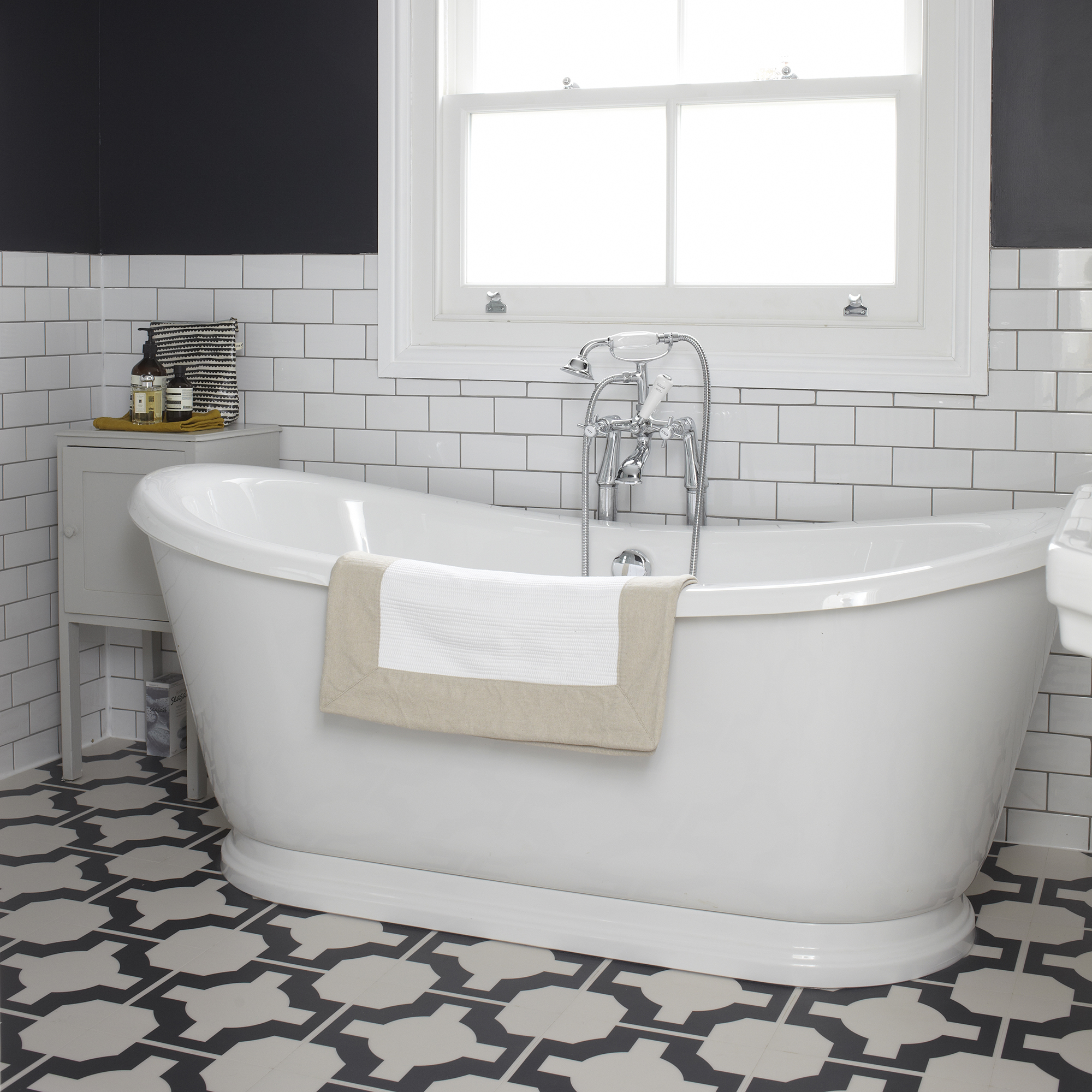
You might assume the price tag on your tiles will be the main monetary consideration when tiling but there’s a lot more to it than just picking out pretty tiles and comparing costs per square metre. The cost of tiling a bathroom varies hugely but the average outlay to tile walls and floors in a medium-size family bathroom, including tiles, materials, and labour, is around £700 to £800 (according to Checkatrade).
Read on to find out more about the different types of costs you can expect to incur when tiling a bathroom. To make your budget planning easier, we have broken the costs down and included expert tips on how to make savings along the way.
How much do tiles cost?
The type of material your tiles are made from will have the biggest impact on costs. Bear in mind that prices can vary dramatically from supplier to supplier. Designer brands command higher price tags, and usually the most interesting and covetable tile trend designs, while budget superstore style outlets are the place to head for bargains, but you won’t always find the most exciting tiles in stock.
Don’t forget that some tiles may come with extra on-going costs. ‘Natural stone like marble and limestone tend to cost more than ceramic or porcelain tiles in the first instance, and generally require more maintenance and upkeep in terms of sealing and resealing,’ says Topps Tiles’ style consultant Harriet Goodacre. ‘A stone-effect tile can look just as good and cost a fraction of the price of the real thing with no extra expenses.’ Encaustic tiles also benefit from re-sealing once a year to maintain their water-repelling finish.
Tile costs by material
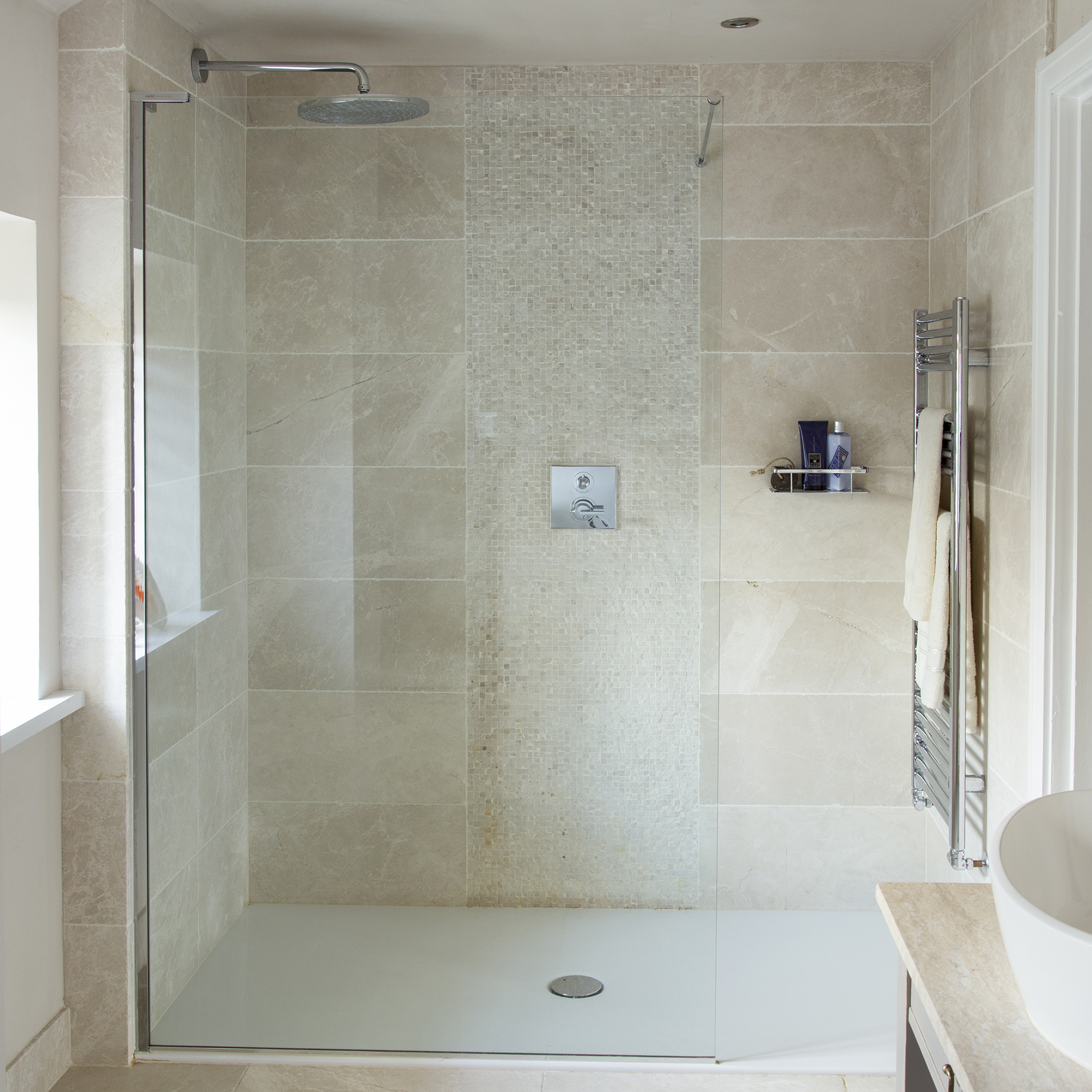
Below is a rough guide to how much you can expect to pay:
Get the Ideal Home Newsletter
Sign up to our newsletter for style and decor inspiration, house makeovers, project advice and more.
- Ceramic tiles, from £8 per m2
- Porcelain tiles, from £12 per m2
- Limestone tiles, from £45 per m2
- Marble tiles, from £60 per m2
- Encaustic tiles, from £100 per m2
Other factors that impact the cost of tiles include shape; more complex shapes like fish-scales or hexagons will prove pricier than regular 20cm x 20cm square tiles, plus labour-intensive glazes and unusual/specialist textures.
How much should you allow for wastage?
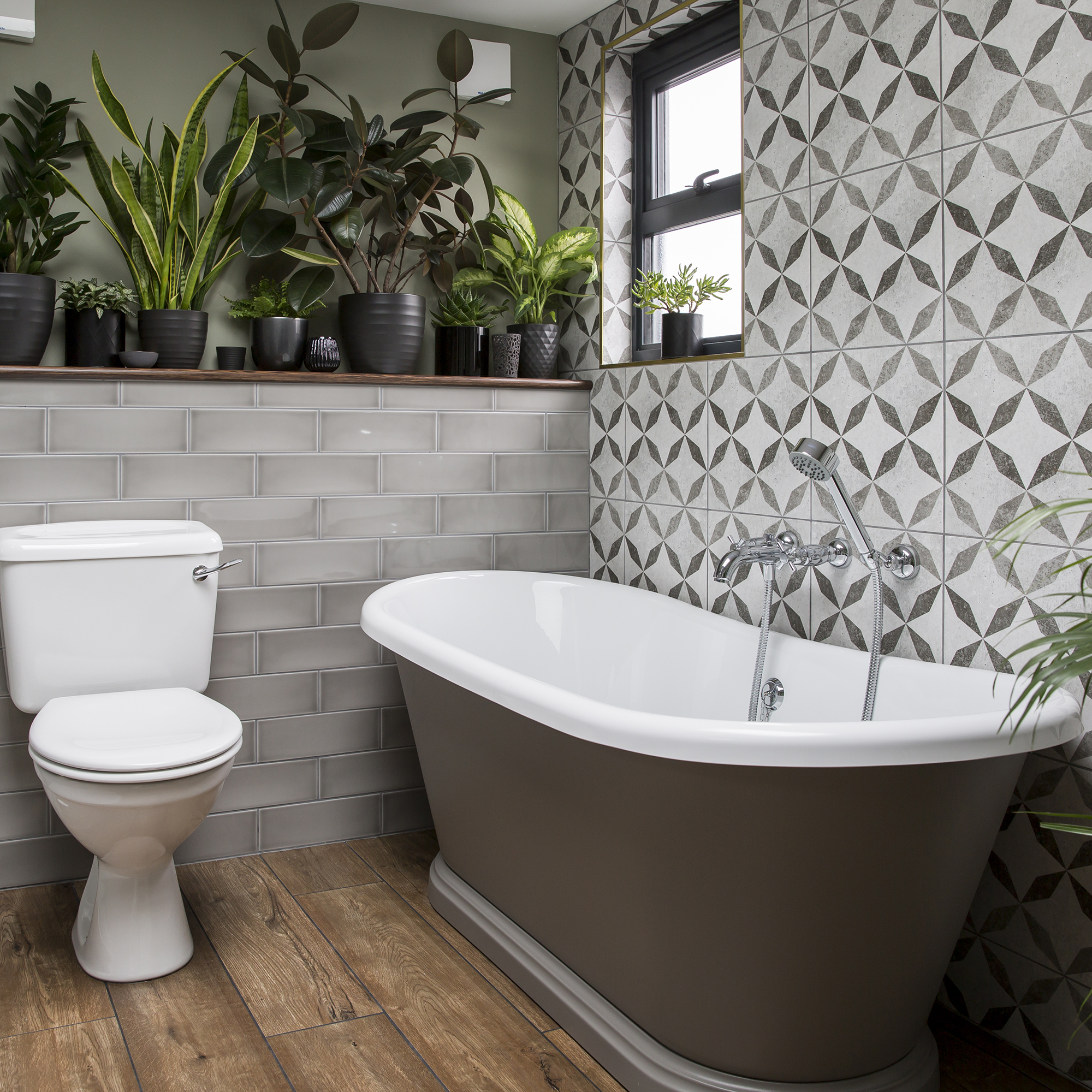
The standard recommendation is to allow an extra 10% for wastage but it’s important to understand that figure is based on simple installation patterns and straightforward shape room.
For bathrooms with lots of complicated areas to tile around, like pipework boxing in, alcoves and uneven walls, it’s safer to bump that figure up to 15%. ‘Some installation patterns, like herringbone, demand a lot more cutting to achieve the effect so we would advise a 20% wastage figure,’ adds Amanda Telford, creative manager, CTD Tiles. ‘Make sure you and your tiler plan and measure your scheme in advance of buying your tiles, taking into account installation style and the room’s shape.’
How much does tile adhesive and grout cost?
When buying tile adhesive and grout, the cost will depend on the brand you buy, the type (for example rapid set, ready-mixed, high flex) and the amount you need according to the area you are tiling. For standard powdered adhesive, you’ll be looking at around £15-£20 per 20 kilo bag, and about £8-£10 per 2.5kg bag of flexible grey grout. On average, the cost of adhesive and grout should work out around £10 per sq m of tiles, according to Checkatrade.

The easiest way to ensure you buy the best adhesive and grout for your application is to ask your tile supplier or tiler for their recommendations. ‘Don’t compromise on quality in favour of price. It’s often worth spending a little more for reliable adhesives from reputable brands and do make sure your tiler is happy to use the materials you plan to buy in advance. Some have strong preferences based on years of experience,’ says tiling expert John Geraghty at MyJobQuote.
The anticipated coverage for adhesive and grout will be stated on the back of the bag, or product description if buying online. Many well-known brands, like Mapei, offer a simple calculator online. For example, a 20-kilo bag of adhesive will usually provide enough coverage for four to five square metres of tiles, on a bed thickness (depth of adhesive) of 3mm. Powdered adhesive and grout is generally cheaper than ready-mixed.
When shopping for the materials you’ll need to tile your bathroom, think about buying some tile trim to give any raw edges a neat finish. Usually sold in 2.5m lengths, plastic tile trim is the cheapest option at around £7 per 2.5m, while metal trim can provide a smart, high-end look, and costs around £24 per 2.5m.
How much do tilers cost?
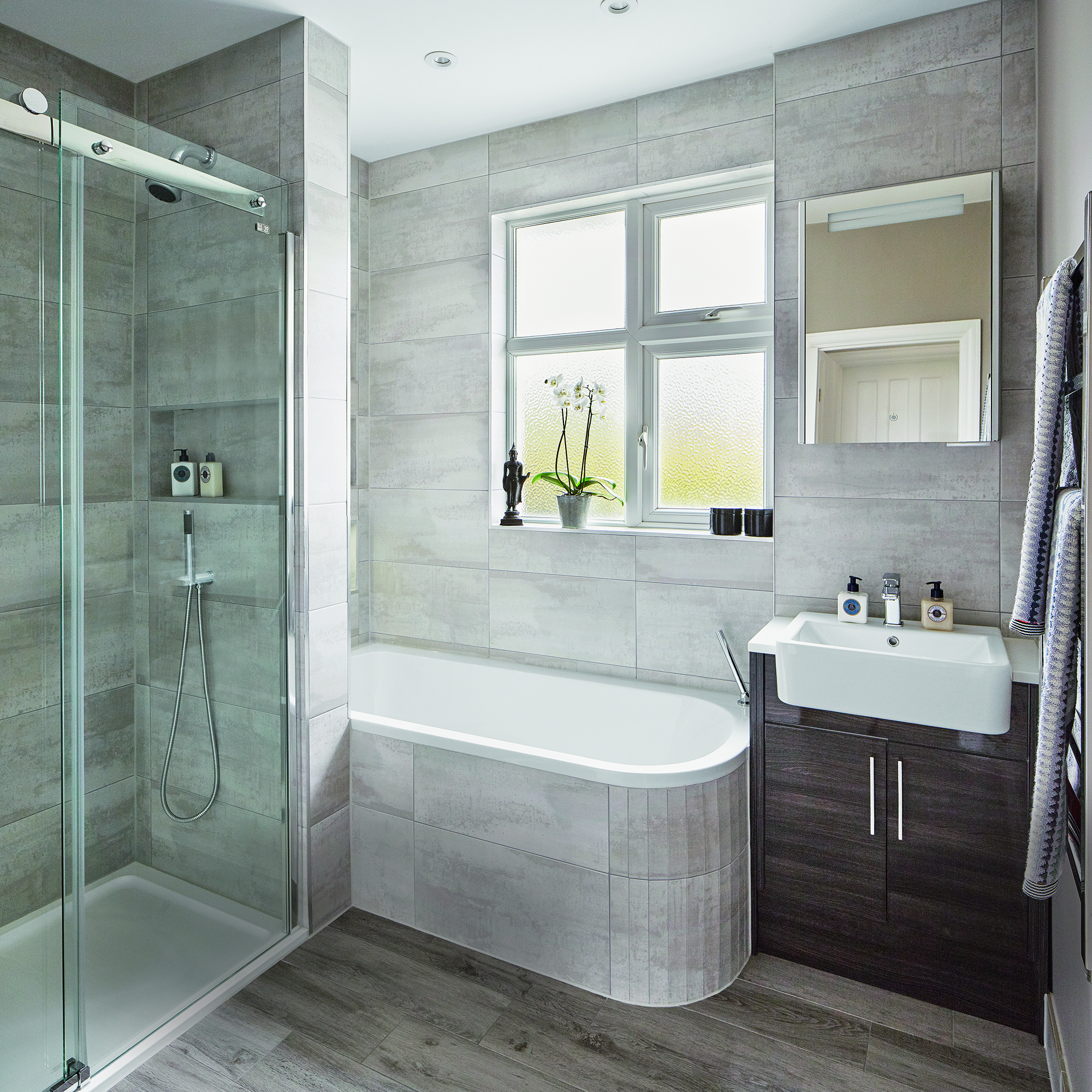
‘A reputable and skilled tiler should cost you between £120 and £200 per day, not including any materials,’ according to tiling expert John Geraghty at MyJobQuote. Your location will affect rates, with tilers in the South-East charging the most.
Tilers generally prefer to charge a day rate, or hourly rate, rather than per job, just because there are so many factors that can bump up the time it takes to tile a bathroom. However, they will usually give an estimate of how long the job will take before you commit.
Buying the materials yourself can help keep costs down. Some tilers appreciate the offer as it saves them a trip to the DIY store and from having to pay for items before they put in the bill for your job. Do check with your tiler though. He or she may have secured excellent trade discounts with local suppliers and may be prepared to pass along some of the savings.
‘Get an itemised quote for the labour and materials, then you can check to see whether it’s cheaper to buy the materials yourself,’ adds Geraghty.
How much does tile delivery cost?
While many tile suppliers include delivery on orders over a certain amount, others will charge. Tiles and installation materials are heavy, so this delivery will usually require a pallet in a vehicle with a tail-lift. The charges are often done by weight and range from around £45-£75 per ton (1,000kg).
‘If you have access to a vehicle, you can have tiles delivered to your local store to save a save a few pounds on delivery costs,’ adds Kamila Swiatecka, Brand Manager, Tile Giant.
How can you save money on tiling a bathroom?

Tiling a bathroom yourself can save hundreds of pounds, provided you do the job well. It will be a false economy if you end up wasting a lot of tiles due to poor cutting skills or, worse, end up having to pay a professional to redo it. If you’re not a confident tiler, you can still make savings by doing the prep work, such as removing old tiles and applying any required water-proofing membranes, yourself.
‘If you’re employing a lone tiler, offer to do the fetching and carrying for them. And of course, keep them supplied with hot or soft drinks to help them work efficiently,’ adds tiling expert John Geraghty at MyJobQuote. If all else fails, learn how to grout tiles, which will shave at least half a day of labour off your bill and is one of the easiest DIY tasks out there.
In terms of the actual tile purchase, you can help stay within budget by using more affordable designs over large areas such as for shower tile ideas, then splashing out on feature tiles on focal points, like above the basin and bath. Used in small doses, designer tiles can work out surprisingly affordable.
Don’t be pressured into tiling your bathroom from floor-to-ceiling. ‘Consider if you can confine tiles to certain areas or spaces. For example, tiling on the wall around the bath or shower and using a complementary shade of paint on the other walls. It’s a great way to keep costs down if you’re trying to make savings,’ says Topps Tiles’ style consultant Harriet Goodacre.

Linda Clayton is a professionally trained journalist, and has specialised in product design, interiors and fitness for more than two decades. Linda has written for a wide range of publications, from the Daily Telegraph and Guardian to Homes & Gardens and Livingetc. She has been freelancing for Ideal Home Magazine since 2008, covering design trends, home makeovers, product reviews and much more.
-
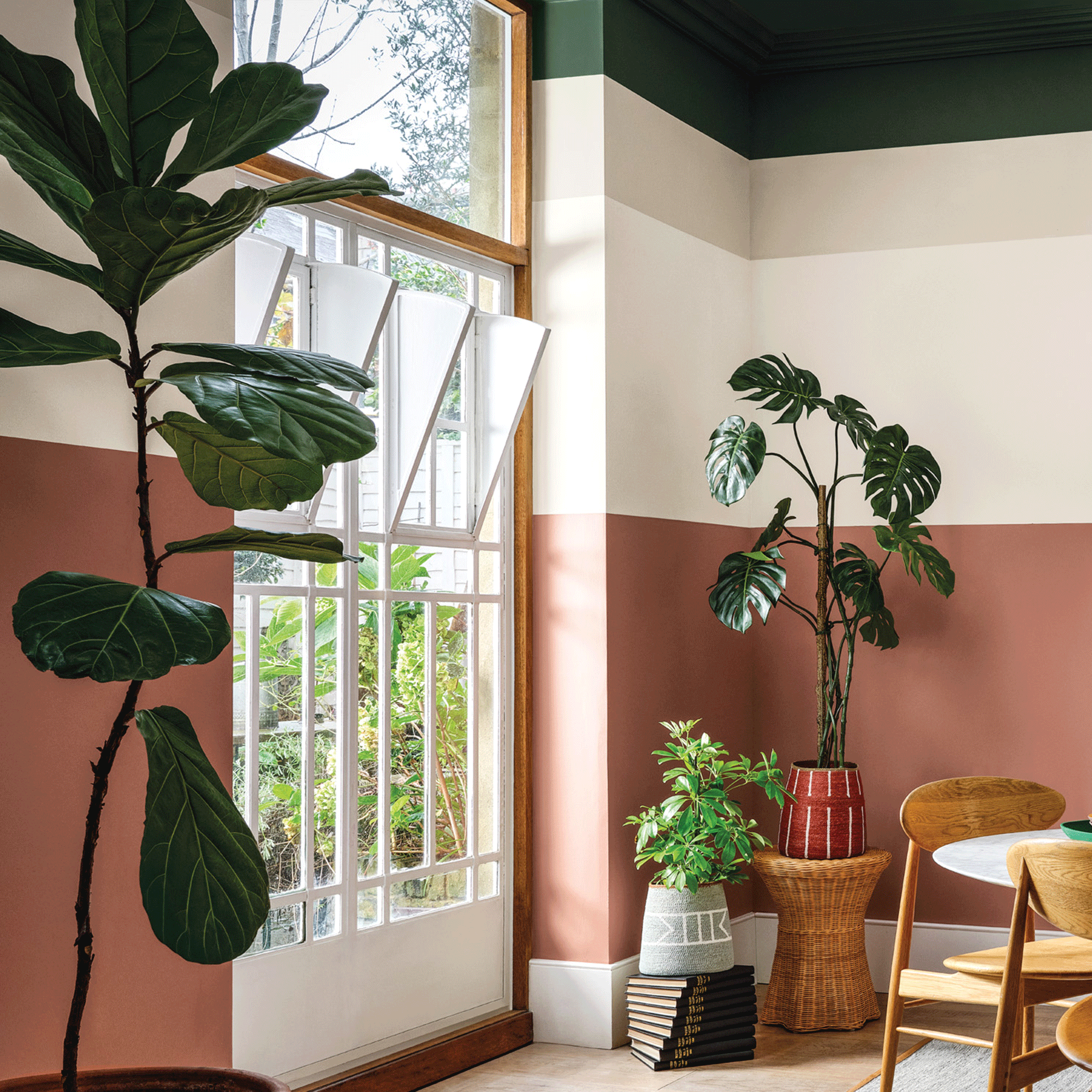 Crown Paint has launched new wall colours for the first time in three years, and changed how I think about neutral shades
Crown Paint has launched new wall colours for the first time in three years, and changed how I think about neutral shadesIs terracotta the ultimate neutral?
By Rebecca Knight
-
 How to protect seedlings from birds – experts say there's a kind and clever way to stop them pecking
How to protect seedlings from birds – experts say there's a kind and clever way to stop them peckingYes, you can protect seedlings from birds without harming your feathered friends...
By Kayleigh Dray
-
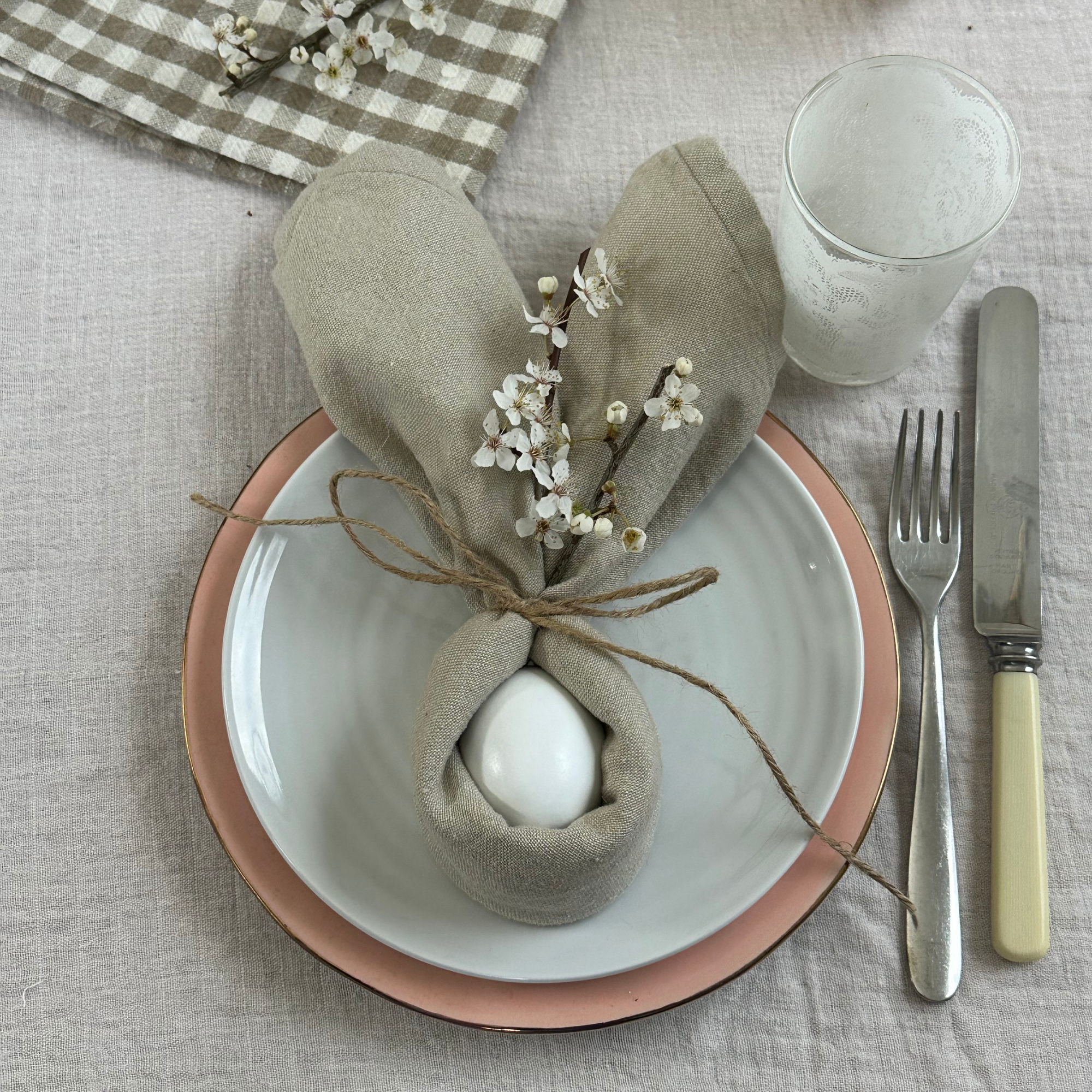 We tried the viral napkin bunny ears hack – it only takes five minutes and will take your Easter table to the next level
We tried the viral napkin bunny ears hack – it only takes five minutes and will take your Easter table to the next levelThis Easter craft is not only beautiful, but really easy to do
By Kezia Reynolds